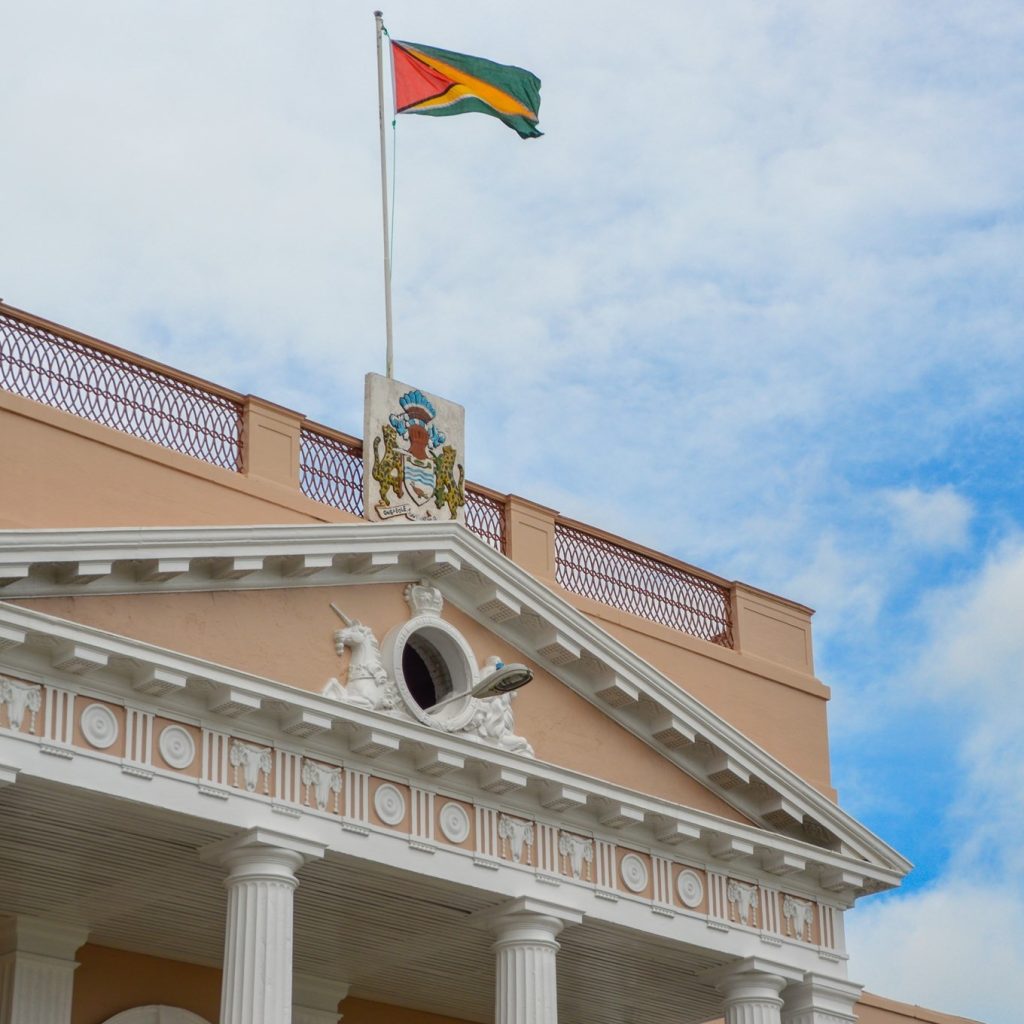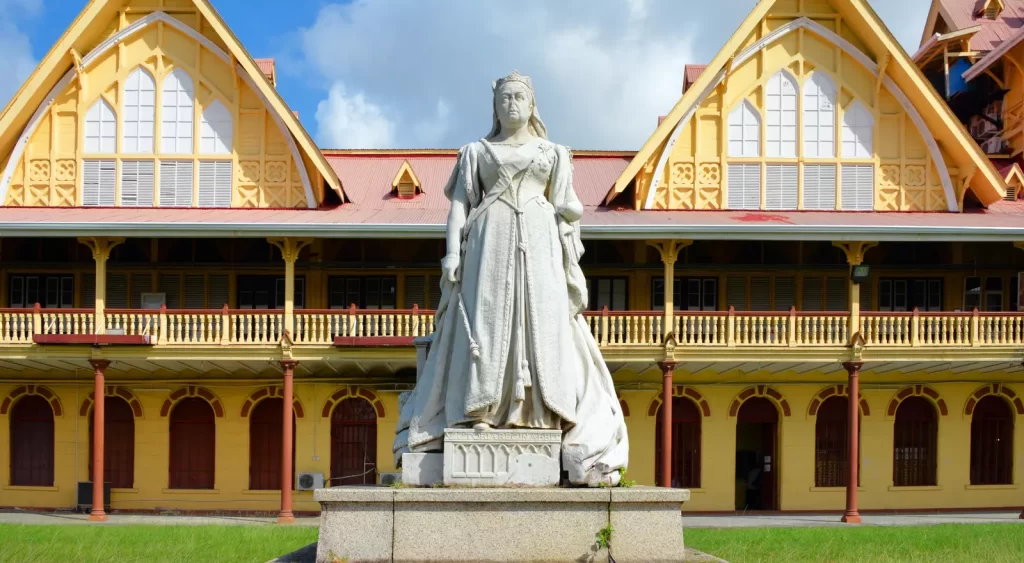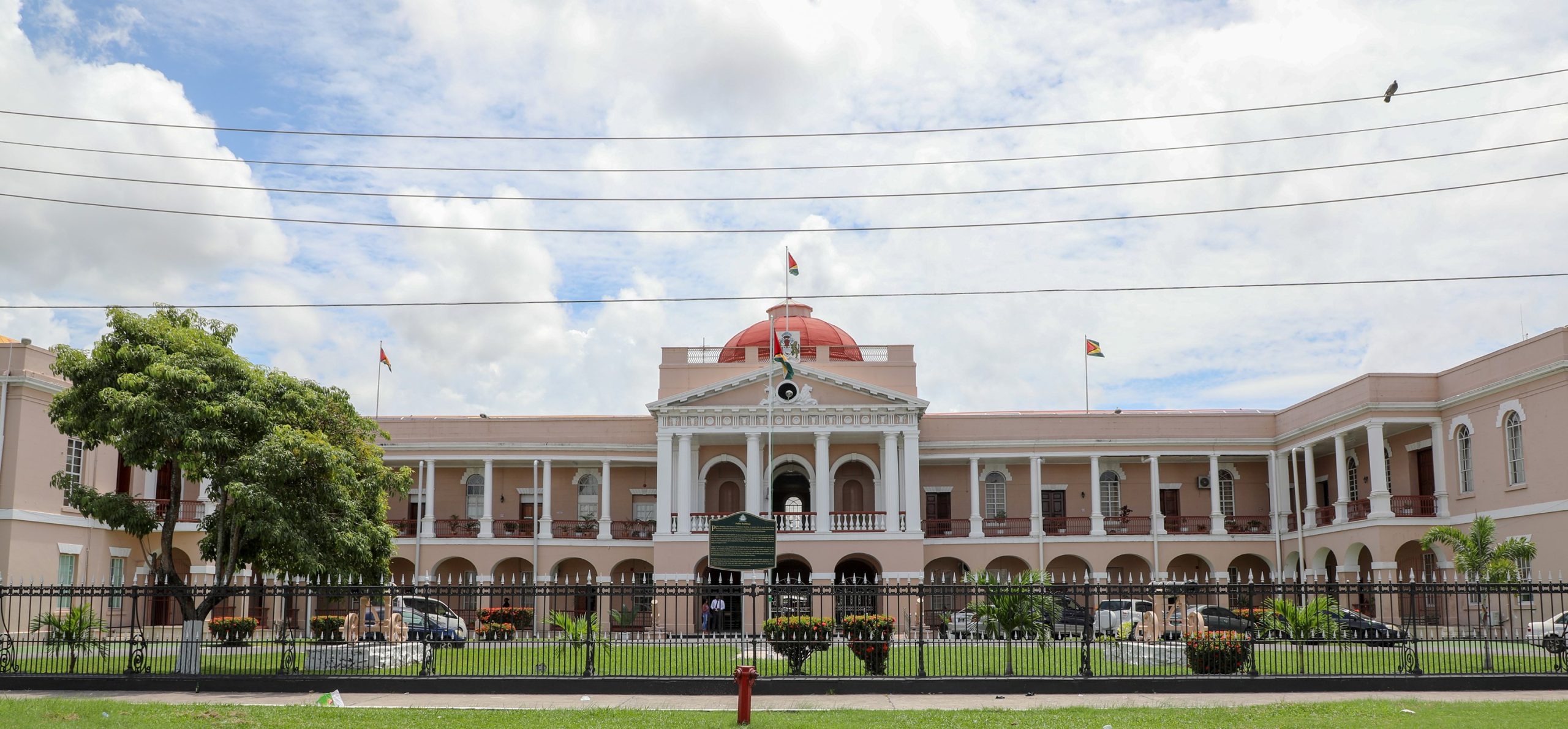With calls mounting from the Guyana Trades Union Congress (GTUC) and other civil society bodies for the summoning of the 13th Parliament, Gtmemoirs.gy takes a closer look at what the Constitution requires — and the timeline every government must follow after a general election.
The Constitutional Framework
The Constitution of the Co-operative Republic of Guyana provides a clear sequence for what must happen after a general election. Central to this process are Articles 55, 61, and 69, which outline the conduct of elections and the summoning of Parliament.
Under Article 69 (1), the President must summon Parliament by issuing a proclamation that sets the time and place for the first sitting. When Parliament has been dissolved for a general election, the Constitution stipulates that the new National Assembly must meet no later than four months after the end of the previous session.
This clause is the heart of the present public debate. The four-month limit represents the maximum allowable time — not the minimum — within which the President must act.

Article 61: When Elections Must Be Held
Before Parliament can reconvene, elections must first be held. Article 61 requires that once Parliament is dissolved, the President must appoint an election day “within three months after every dissolution.” This ensures that Guyana cannot remain without an elected legislature for an extended period.
Once the polls close and votes are counted, the Guyana Elections Commission (GECOM) declares the official results. These results are then gazetted, enabling the legal appointment of Members of Parliament through their respective party lists.
Article 55: The First Meeting
Article 55 governs what happens when the Assembly meets for the first time. The newly elected Members of Parliament must first elect a Speaker and Deputy Speaker before any other business can be conducted. Only after this can members take their oaths and begin the formal legislative session.
At this meeting, the President or a designated official may also deliver an address outlining the Government’s legislative agenda for the term ahead.
A Step-by-Step Timeline
The sequence following a general election is generally as follows:
1. Dissolution of Parliament: The President issues a proclamation formally dissolving Parliament.
2. Election Date Set: Within three months, the election must be held (Article 61).
3. Vote, Count and Declaration: GECOM conducts the election and issues the official results.
4. Settlement of Disputes: Any petitions or recounts are managed under Article 163 and related Acts.
5. Proclamation Summoning Parliament: The President sets a date, time and place for the first meeting by proclamation (Article 69).
6. First Sitting: Parliament convenes, elects the Speaker, and begins a new term.
7. Five-Year Term Commences: The parliamentary term runs from the date of the first sitting (Article 70).

The Four-Month Rule and Its Implications
The four-month rule in Article 69 (1) acts as a constitutional safeguard. It prevents indefinite delay between an election and the first sitting of Parliament. Governments may convene earlier, but they cannot lawfully exceed this limit.
In practice, delays sometimes occur due to legal challenges, recounts, or electoral disputes. Such matters are handled by the High Court under Article 163. However, even with disputes pending, the Constitution places the responsibility squarely on the President to ensure Parliament meets within the prescribed timeframe.
Failure to act within this period would raise serious constitutional questions and could be interpreted as a breach of the separation of powers — since the National Assembly is a vital check on the executive branch.
Why Civil Society Is Calling for Action
Recent statements from the GTUC and several civic groups echo a growing sentiment: Parliament must be summoned promptly following the conclusion of elections. The groups argue that a functioning legislature is critical for accountability, budget approval, and the resumption of national decision-making.
While the Constitution does not prescribe an exact date, it provides an unambiguous outer limit of four months — which, in effect, sets a constitutional clock ticking the moment election results are declared.
Ites this
The Constitution of Guyana provides a balanced framework for continuity in governance.
Article 61 ensures elections are held within three months after dissolution.
Article 69 compels the President to summon Parliament within four months after the previous session ends.
Article 55 dictates that the first order of business at that sitting is the election of the Speaker.
Together, these provisions guarantee that the will of the people, once expressed at the polls, is swiftly translated into parliamentary representation.
As Guyana awaits the formal summoning of its next Parliament, these constitutional timelines remain the country’s most reliable guide for upholding democratic order.


